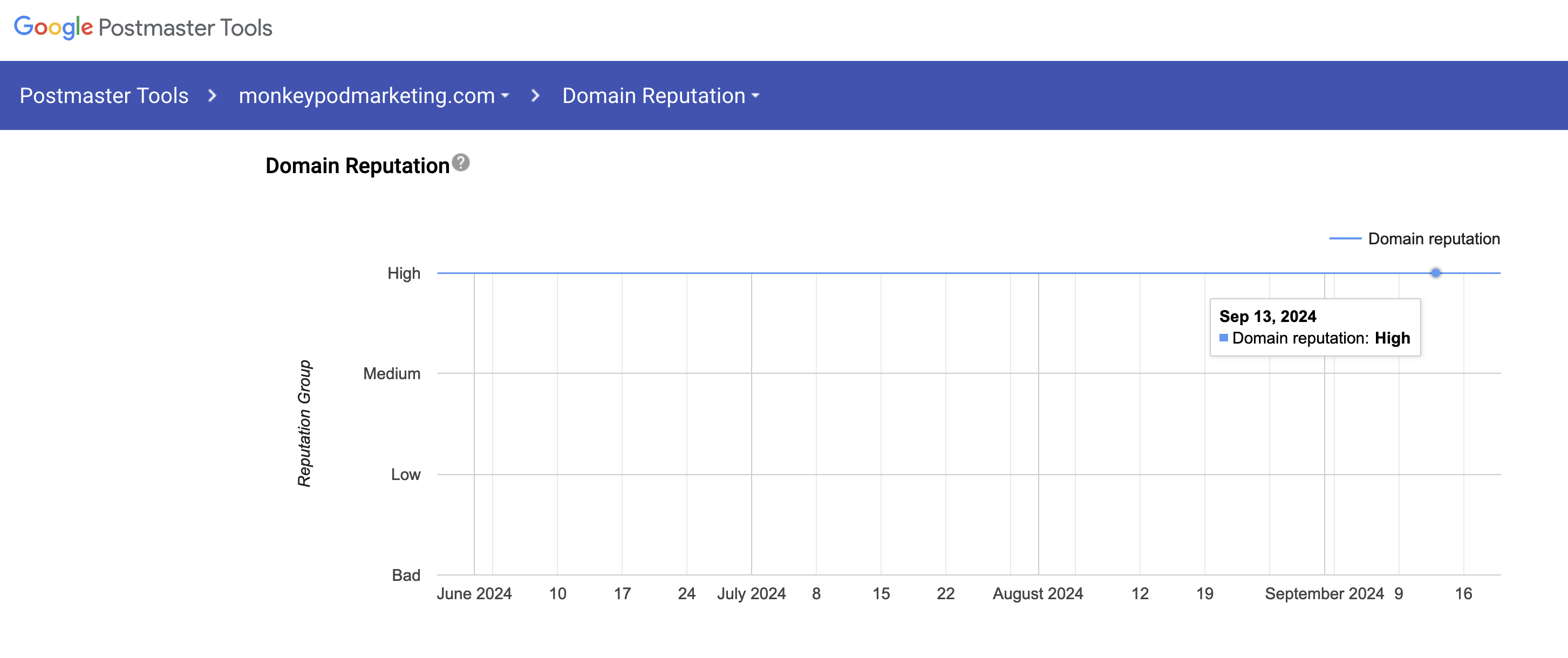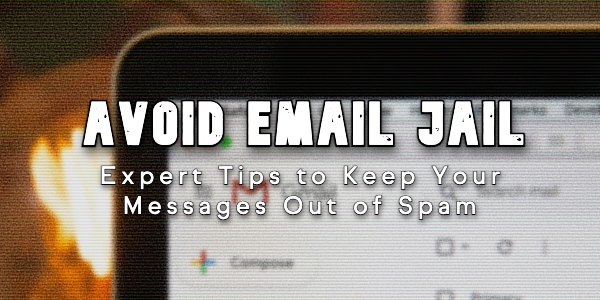As business owners, we invest a lot of time and effort into crafting email copy that we hope will resonate with our audience, but it’s all moot if our messages never even make it to their inboxes.
Whether they’re rerouted to the dreaded spam folder or blocked entirely, landing in “Email Jail” can cause even the best campaigns to fizzle.
That’s why we were excited to sit down with Scott Hartley, author of Hit the Inbox: How to Avoid the Spam Folder and Grow Your Business with Email Marketing.
Scott joined us for a special guest interview to explain what’s really happening behind the scenes with your email deliverability—and what you can do to stay out of trouble with the big email providers like Google, Microsoft, and Yahoo.
What Exactly is “Email Jail”?
The major mailbox providers are cracking down on email marketers who don’t play by the rules. While most of us are familiar with the spam folder, you should also know that there’s a more severe penalty: emails being outright rejected without ever being delivered. Landing in “Email Jail” means your messages aren’t just going to junk—they’re being blocked completely.
How Do You End Up in Email Jail?
The top causes? High numbers of spam complaints and email bounces. The key is regular and diligent monitoring of your email performance, and audience engagement.
Even if people once opted in that doesn’t guarantee they still want to receive your emails, and sadly hitting “spam” is often easier than scrolling down to unsubscribe.
Mailbox providers have a low threshhold for acceptable spam complaints—just one complaint for every 1,000 emails sent. Go beyond that, and you’re on their radar. If you hit three complaints per 1,000, you could be looking at serious trouble with your domain’s reputation.
The Power of List Hygiene
Okay, so we want to avoid spam complaints, right? How do we do that? Proper list hygiene.
In other words, stop sending emails to your entire list and get laser focused on those who are engaged. Regularly reviewing and cleaning up your list is essential to keeping your email campaigns healthy and your domain reputation intact.
This is a hard pill for most business owners to follow – we have invested time and money into building our list, so the idea of not taking full advantage of it seems counterintuitive (borderline offensive, even). But time and time again the data shows that the risks of emailing everyone just aren’t worth it.
A good rule is to only email people who have opened, clicked, or interacted with your messages in the last 90 days. And if someone hasn’t engaged in a while take steps to re-engage at 60 days or so, before they pass the 90-day mark.
Google Postmaster Tools: Your Best Friend
For those looking to stay proactive, we (and Scott) recommend using Google Postmaster Tools.
It’s a free service that gives you insight into your domain reputation, spam rates, and delivery errors—all of which help you spot potential problems before they escalate.

By keeping an eye on the metrics and monitoring key indicators like open rates and bounce rates, you can make informed decisions that keep your email marketing efforts on track.
Final Thoughts
Email marketing is still one of the most powerful tools in our arsenal, but it’s only effective if our emails are actually reaching the inbox.
It may not be sexy, but taking the time to manage your list, watch your metrics, and follow best practices can help you avoid email jail, get more emails delivered and read, and maximize your ROI from your email efforts.
For more in-depth strategies on improving email deliverability and safeguarding from the risks of poor email list management check out Scott’s “Hit the Inbox” book:




